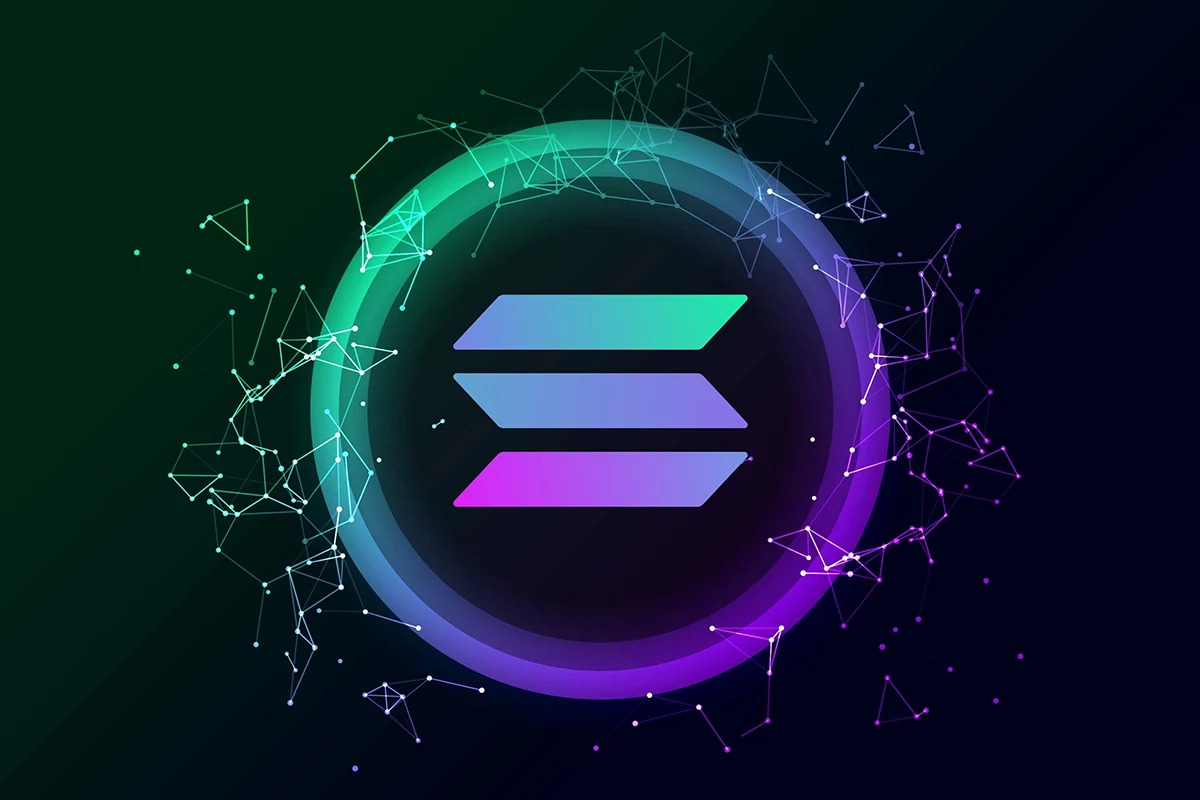As a facilitator, how should PAYAI build a positive flywheel?
Author: Haotian
Many people have seen the positive flywheel of $PING building Mintpad on top of MEME, but how should we draw the positive flywheel pie belonging to $PAYAI (@PayAINetwork)? One solution is:
To put it bluntly, Facilitator's current predicament boils down to one thing: a lack of sustainable value capture. It's just doing the dirty work of paying gas and packaging transactions onto the blockchain, making it hard to see any greater potential.
(Note: A facilitator is a coordinating role in a payment network that facilitates transactions.)
But isn't this precisely Facilitator's opportunity to "expand"?
In my opinion, Facilitator will evolve first as a sub-segment of x402. How to shed its pure "tool attributes" and become a "value routing node of the payment network" is a proposition worth exploring in the long term.
Several possible future variants of Facilitator:
1) The Facilitator or routing layer doesn't necessarily need to be a self-developed Facilitator. Instead, it creates a Facilitator Marketplace, allowing third-party Facilitators to compete and establish unified SLA service standards and pricing mechanisms. It takes a cut of platform transactions, similar to the router channels in Dex, selecting the best based on preference. The goal is to become the Facilitator protocol layer of the x402 ecosystem. Currently, this seems to be the best embodiment of xEcho @agileadtodark's "Pay to X" empowerment logic.
2) Payment Data Trust Relay Layer: Once an Agent or individual has accumulated a large amount of transaction data, connecting to the ERC-8004 authentication layer naturally leads to Agent reputation scoring, abnormal transaction identification, merchant risk profiles, and other value enhancements in risk control. I know that service solutions such as @eigencloud AVS verification service and @ProjectZKM, which uses ZK as a general verification layer, are attempting to establish a trust relay layer for Facilitators.
3) Value-added service layers such as escrow, batch processing, and "mining" address transitional needs for high-frequency, low-value payment scenarios, or before the Agent's high-performance chain is fully operational. These include off-chain accounting and on-chain batch settlement to reduce gas consumption, provide delayed escrow transactions, and unavoidable compliance solutions, and even incentive activities designed to stimulate payment processing. Essentially, this pushes the Facilitator towards a "cross-chain bridge + payment gateway + incentive layer" model, placing it more within the value-added service relay layer.
...In fact, there are many more variations.
To avoid being seen as wishful thinking or self-indulgence, a crucial premise must be established for all these ideas: a significant increase in payment requests, transaction volume, and the proliferation of Facilitators and application aggregators. At that point, these familiar "composable" vehicles from the DeFi space will all be reassembled and stacked again in the x402 space!
You May Also Like

Solana ETFs Market Grows with Fidelity and Canary Marinade’s New Funds

XRP analysts shift 2025 outlook as liquidity models evolve
